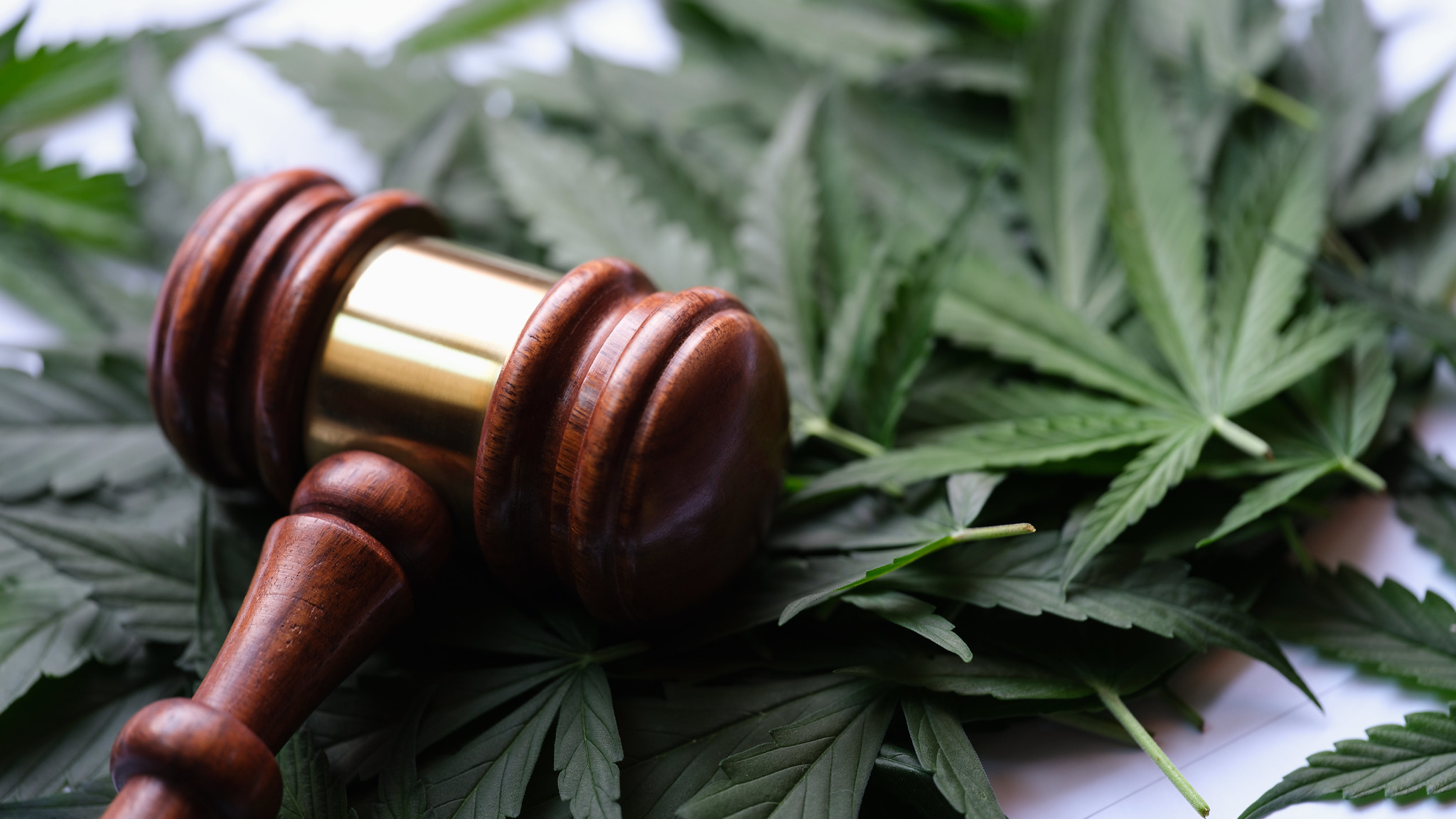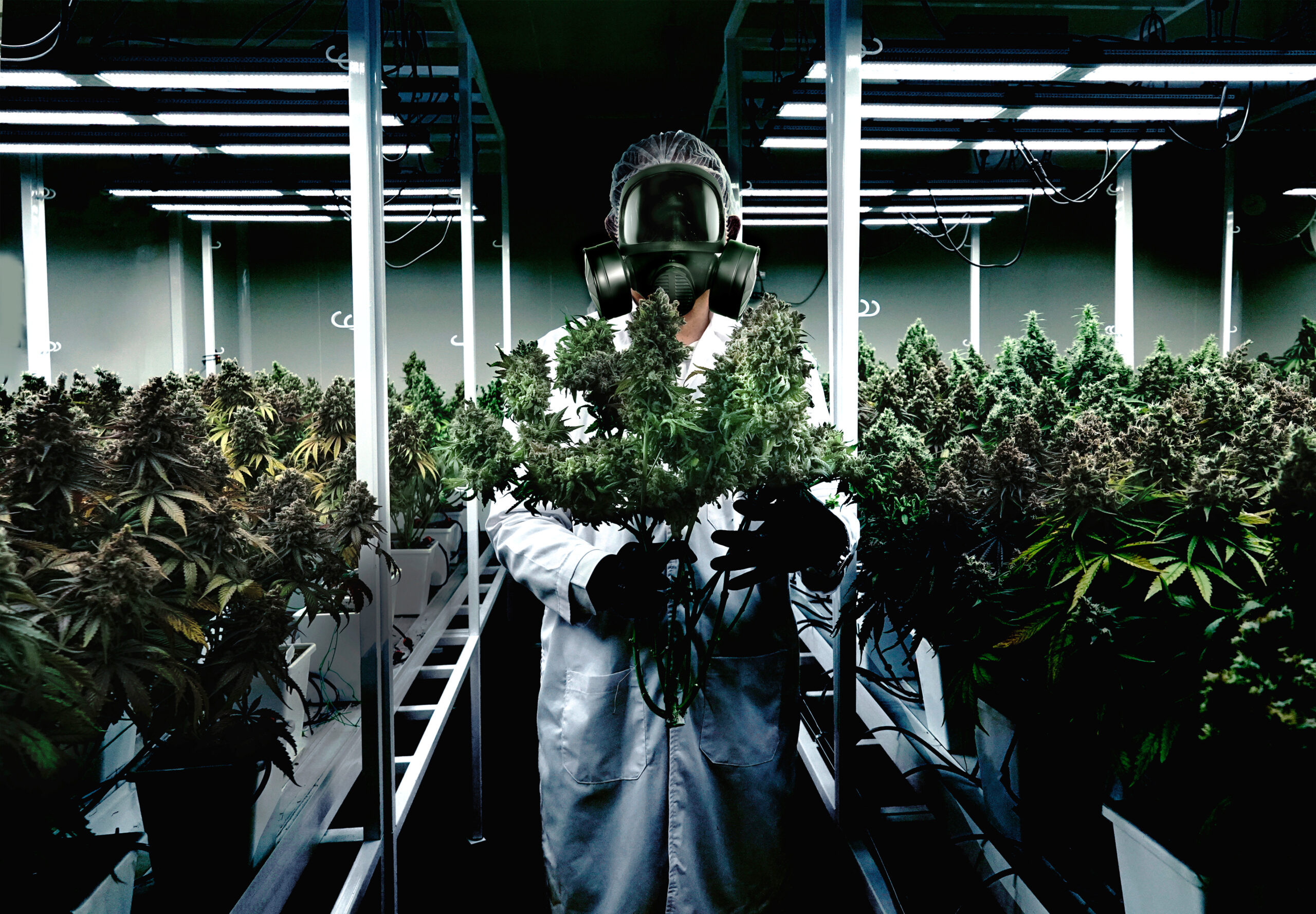As of April 2023, 22 states and the District of Columbia have legalized marijuana for recreational use while 37 states (and DC) have legalized it for “medical” purposes. As more states consider legalizing, and other states attempt to regulate a drug that remains illegal under federal law, the black market continues to thrive through illegal marijuana farming. As the evidence continues to pile up, the grim reality of legalization has the potential to significantly alter public opinion regarding the rush to further legalize marijuana and other drugs.
Legalization and the Black Market
Although proponents of legalization have always claimed that regulation would eliminate the black market, the exact opposite is true. As drug traffickers witnessed increased demand for high potency marijuana, the opportunity to produce untaxed and unregulated products provided them with a significant competitive edge that has hurt the “regulated” pot industry. As a result, some states have been forced to decrease taxes and offer bailouts to keep marijuana businesses afloat. Instead of crippling cartels, legalization has essentially allowed them to “hide in plain sight” because marijuana is everywhere.
A significant amount of marijuana from the black market is still being sold on the street and even through “legal” pot dispensaries that take advantage of cheaper sources of supply. At the same time, massive quantities of marijuana are transported across the country where products command premium prices. All of this has forced state and federal governments to grapple with an uncontrollable increase in cartel activity.

Legalization, Public Safety, and the Environment
Two of the most troubling emerging realities of black market marijuana farming are impacts on public safety and the devastating harm inflicted on the environment by illegal grow operations.
Residential grows in populated neighborhoods pose significant threats to citizens and entire communities while operations using barns, warehouses, and even underground structures create hazards on a much larger scale due to the use of high intensity lighting, growth-enhancing chemicals, dangerous pesticides, and armed guards to thwart thieves and law enforcement.
Because each marijuana plant requires approximately 6 gallons of water on a daily basis, the combination of heat and water produces excessive amounts of moisture leading to molds and mildew that can damage structures and pose adverse health consequences to its occupants. Complex wiring also increases the risk of explosions and fires, and because indoor grows require massive amounts of energy and water, criminal organizations frequently steal electricity and divert water supplies destined for legitimate crops and drinking water.
Outdoor marijuana farming, especially those that hijack thousands of acres of public land, produce enormous quantities of marijuana while creating significant threats to the public, law enforcement, and the environment. This environmental harm comes in many forms including the destruction of natural habitat, the loss of wildlife, contaminated soil and water, and the diversion/theft of scarce water resources.
The sheer number of illegal grows on private and public land has overwhelmed law enforcement to the extent that states are now begging for federal help to deal with this problem.
Ecological Destruction of Public Lands
The scope of ecological destruction of public lands can only be realized after a law enforcement seizure, which is particularly dangerous due to surveillance by armed guards and the use of booby traps. However, dangers to law enforcement and the public are not fully eliminated when these sites are seized.

Criminal marijuana organizations prefer to use extremely toxic pesticides that are often banned in the U.S. Pesticides such as carbofuran and methamidophos, which are used to protect plants from insects and disease, can remain in the soil, water, vegetation, and wildlife for several months to years and travel downstream through waterways. In addition to ongoing ecological damage, these toxic chemicals pose immediate risks to law enforcement as well as citizens using public lands.
In order to respond to this ecological devastation, and create meaningful plans for interdiction and restoration, law enforcement agencies, environmental scientists, and conservationists must identify, analyze, and understand unique hazards posed by marijuana operations to effectively protect citizens, law enforcement, and natural resources.
Human Consumption of Pesticides
Another seldom discussed consequence of black-market marijuana is the consumption of toxic pesticides that are introduced into human bodies through smoking, vaping, and eating contaminated marijuana products. The pervasive use of these pesticides, which are constantly sprayed on marijuana (and concentrated into more potent forms) exposes users to dangerous health risks that may someday be revealed to be more damaging than prior health disasters involving lead paint, asbestos and even tobacco.
Teamwork and Technology
A key factor in determining levels of devastation, as well as ecological remediation efforts, is the identification of harmful chemicals used in illegal marijuana farming. The U.S. Forest Service (USFS) partnered with 908 Devices on a research effort to extend the capabilities of our MX908 handheld mass spectrometer for rapid, on-site identification of toxic pesticides used on federal lands. This technology enables personnel to test samples from marijuana plants, native vegetation, soil, and containers to obtain instant results, increasing their ability to act immediately instead of sending hundreds of samples to a lab and waiting days or weeks for results. Faster results in the field enhances the safety of personnel during eradication and cleanup operations because responders can identify specific threats. This information will also reduce the cost of such operations by effectively categorizing hazardous materials for disposal.
As more sites are seized and remediation efforts are undertaken, this type of collaboration is vital to protect AND restore important public lands that all citizens should be able to enjoy without fear of exposure to dangerous chemicals or illegal occupants and activities.